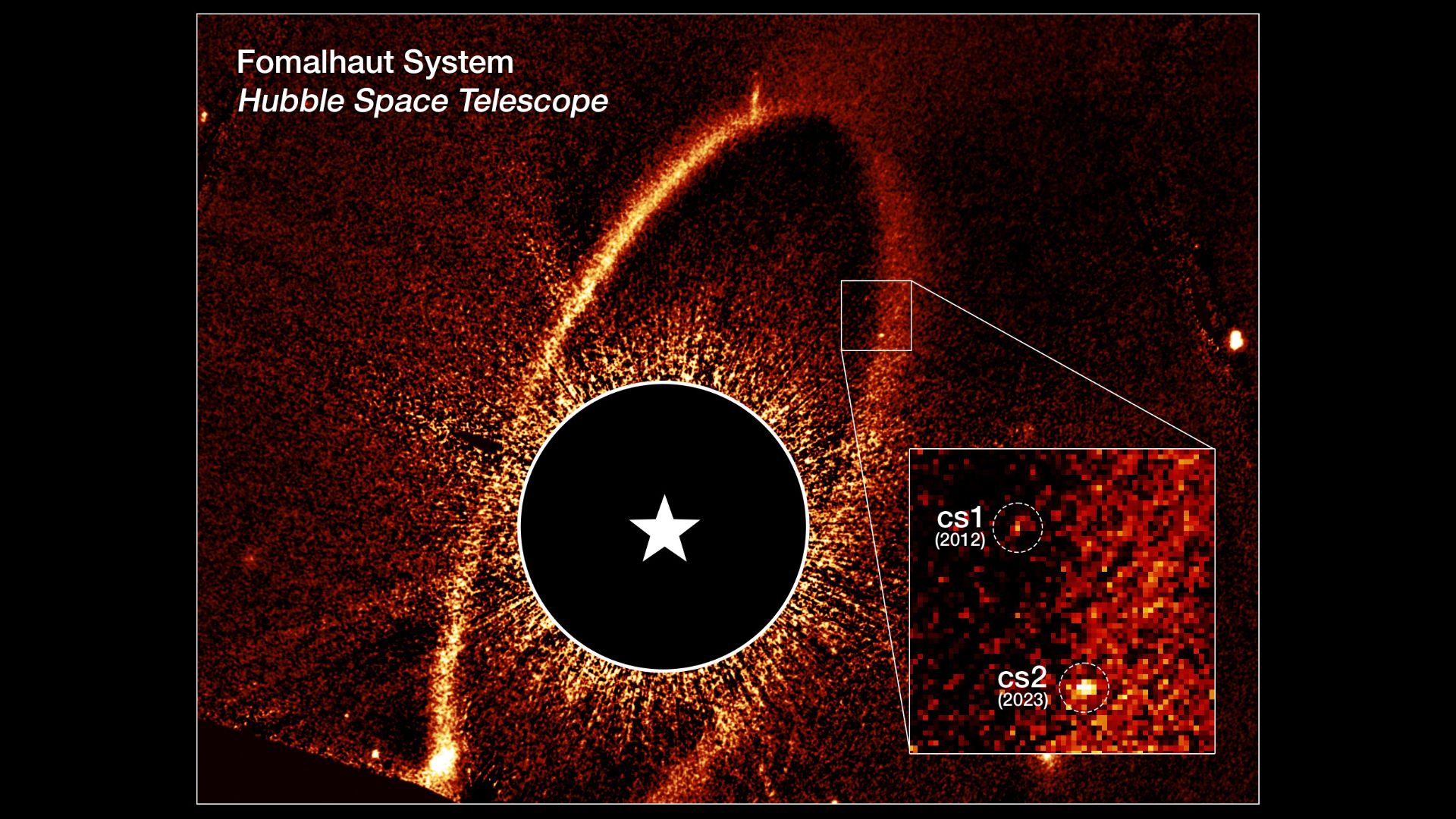Is it Higgs? Leaked Video Suggests New Particle Found at LHC

Updated at 10:12 p.m. ET.
As excitement builds over an expected announcement about the Higgs boson particle on July 4 from the world's largest atom smasher, a leaked video from the laboratory, CERN, now suggests they do have evidence for a new particle, possibly the Higgs, according to news reports and the video itself.
ScienceNews online first found the video, which was reportedly up on the CERN website just briefly. The gist was that one of the experiments at the Large Hadron Collider (LHC) found evidence of a new particle. Since the particle decayed into two photons, the scientists are pretty sure it is a boson, though they can't be sure it's the Higgs boson, also called the "God particle" to the chagrin of many scientists.
"This video was one of several videos we prerecorded to account for all scenarios," the CERN press office told LiveScience in an email. "For reasons not yet understood, it became temporarily visible."
The possibly newfound particle has a mass that's around 130 times that of a proton, making it the most massive particle that exists (if, in fact, its existence is confirmed).
"We've observed a new particle ... we have quite strong evidence that there's something there," Joe Incandela, spokesman for the CMS experiment at LHC, said in the video. "This is the most massive such particle that exists, if we confirm all of this, which I think we will."
Incandela also said, "The significance of this observation could be very, very great," though he did hedge by saying, "All of this is extremely preliminary."
Get the world’s most fascinating discoveries delivered straight to your inbox.
Why so important? The Higgs boson is thought to give all other matter its mass; it is predicted by the leading theory of particle physics called the Standard Model. This model, however, doesn't predict the Higgs' mass, and so physicists have been searching a wide range of masses to spot it.
"When we say we've observed the particle it means we've just got enough data to say it's there and it's very unlikely to go away. That's what an observation is," Incandela said in the video, posted on MSNBC.com.
By studying the particle, the physicists will find out its properties, including its spin and so-called parity (which is sort of like a particle's handedness), which will tell them whether it fits with the Standard Model, or if it's an oddball Higgs-like particle that doesn't fit with this reigning physics theory.
"If that's the case then that's a major, major thing. This is a revolution in fact, because we have the possibility then of studying this thing and seeing how it's different from what we would've expected for a Standard Model boson particle," Incandela said in the video.
He added, "It almost could be a portal to an entirely new dimension if you will, a dimension of new particles, as in supersymmetry, literally new dimensions, of the universe, new spatial dimensions."
The video, though it suggests strong evidence for a Higgs-like particle, is from one senior scientist with one of the two Higgs-boson experiments. Other researchers from the other experiment could have other interpetations. As well, the CERN press office says the video is one of many versions of their announcment.
In fact, scientists from each team, ATLAS and CMS, aren't allowed to speak with each other about their findings until tomorrow, in order to keep each team's results from biasing the other team.
Check back in early tomorrow for more on the Higgs boson.
Editor's Note: This article has been update to correct a line that said the particle is 130 times the mass of a photon, where it should have said "proton."
Follow LiveScience on Twitter @livescience. We're also on Facebook & Google+.
Jeanna Bryner is managing editor of Scientific American. Previously she was editor in chief of Live Science and, prior to that, an editor at Scholastic's Science World magazine. Bryner has an English degree from Salisbury University, a master's degree in biogeochemistry and environmental sciences from the University of Maryland and a graduate science journalism degree from New York University. She has worked as a biologist in Florida, where she monitored wetlands and did field surveys for endangered species, including the gorgeous Florida Scrub Jay. She also received an ocean sciences journalism fellowship from the Woods Hole Oceanographic Institution. She is a firm believer that science is for everyone and that just about everything can be viewed through the lens of science.


